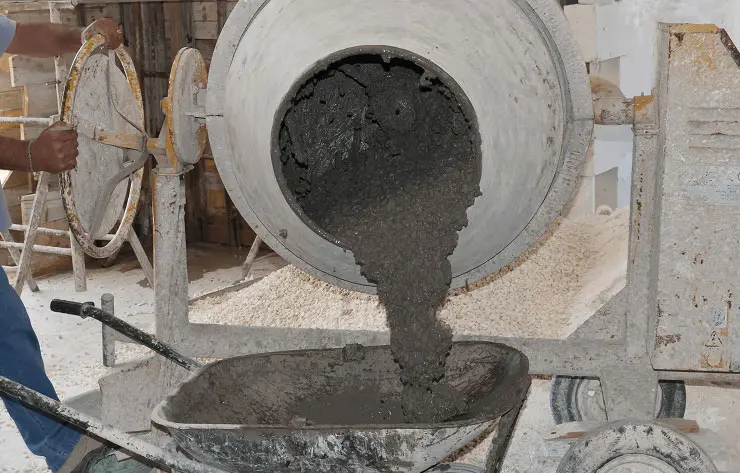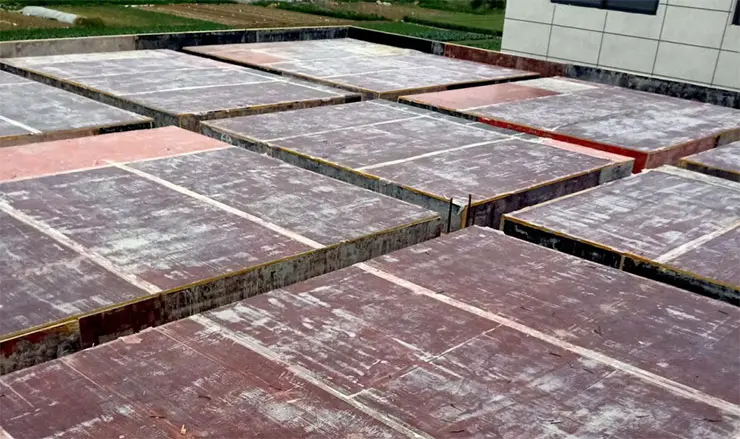
TenaBrix® is a brand for Michem’s fiber products and derivatives. our TenaBrix® products include Polypropylene Synthetic microfiber, Polypropylene Synthetic macrofiber, Polypropylene Fibrillated fiber and other various types of fibers.
Browse
Menu



